Your cart is currently empty!
Tag: Expect
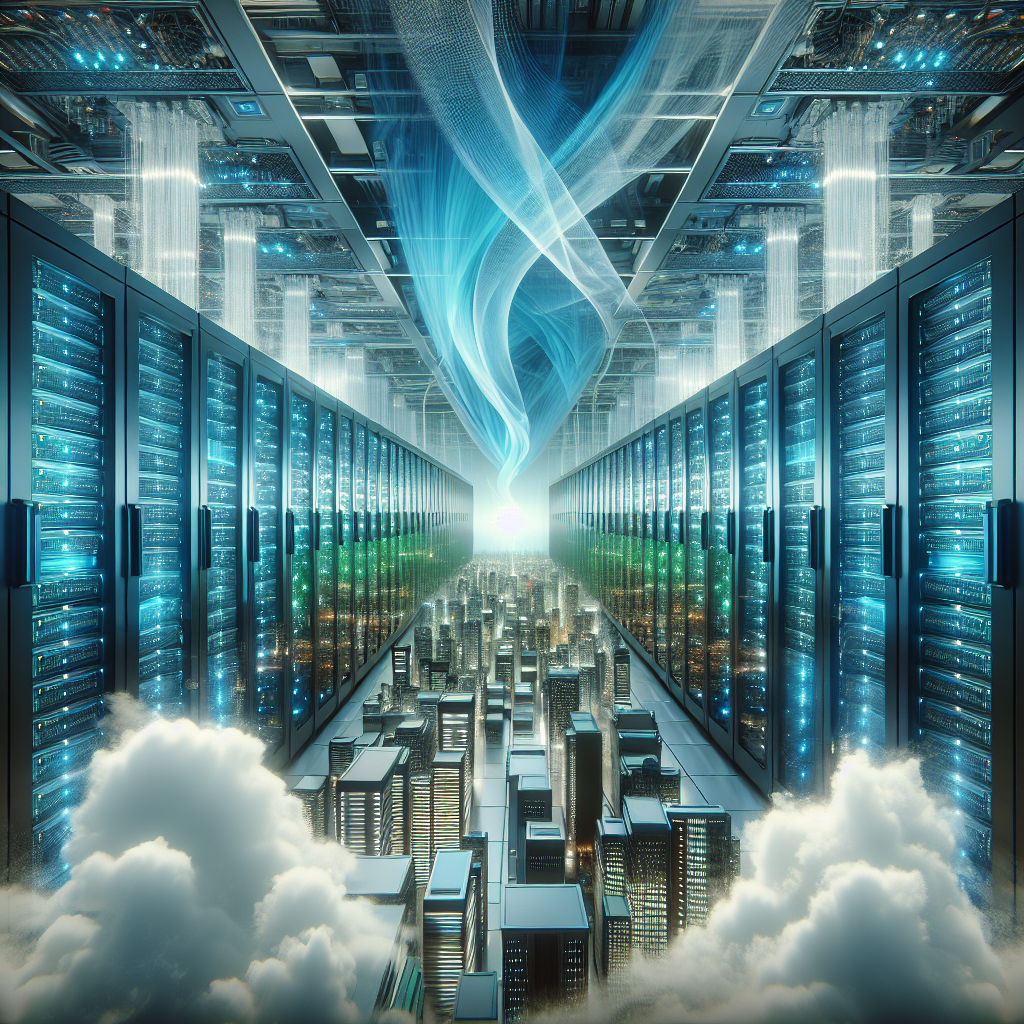
The Future of Data Center Cooling: What to Expect
As technology continues to advance at a rapid pace, the demand for data centers is skyrocketing. With this increased demand comes the need for more efficient and effective data center cooling solutions. Over the years, data center cooling has evolved significantly, and it is important to stay informed about the latest trends and advancements in this field.One of the key challenges facing data centers today is the amount of heat generated by the servers and other equipment. In order to prevent overheating and ensure optimal performance, data centers require effective cooling systems. Traditional cooling methods, such as air conditioning, have been used for many years, but they can be expensive and inefficient. As a result, data center operators are turning to new and innovative cooling technologies to address this issue.
One of the most promising advancements in data center cooling is the use of liquid cooling systems. Liquid cooling involves circulating a liquid coolant through the servers and other equipment to absorb heat and dissipate it more efficiently. This method can be more effective than air cooling, as liquids have a higher heat capacity and can remove heat more quickly. Additionally, liquid cooling systems can be more energy-efficient, saving data center operators money on their electricity bills.
Another trend in data center cooling is the use of free cooling systems. Free cooling takes advantage of natural resources, such as air or water, to cool the data center without the need for mechanical refrigeration. By using free cooling systems, data center operators can reduce their energy consumption and lower their carbon footprint. This is especially important as companies and governments around the world are increasingly focused on sustainability and reducing their environmental impact.
Looking ahead, the future of data center cooling is likely to be shaped by advancements in artificial intelligence and machine learning. These technologies can help data center operators optimize their cooling systems in real-time, adjusting settings based on factors such as temperature, humidity, and workload. By using AI to automate and optimize cooling operations, data centers can improve efficiency, reduce energy consumption, and prolong the lifespan of their equipment.
In conclusion, the future of data center cooling is bright, with new technologies and advancements continuously being developed. Liquid cooling, free cooling, and AI-driven optimization are just a few of the trends that are shaping the industry. As data center operators strive to keep up with the growing demand for data processing and storage, it is essential to stay informed about the latest cooling solutions and technologies. By investing in efficient cooling systems, data centers can improve performance, reduce costs, and contribute to a more sustainable future.
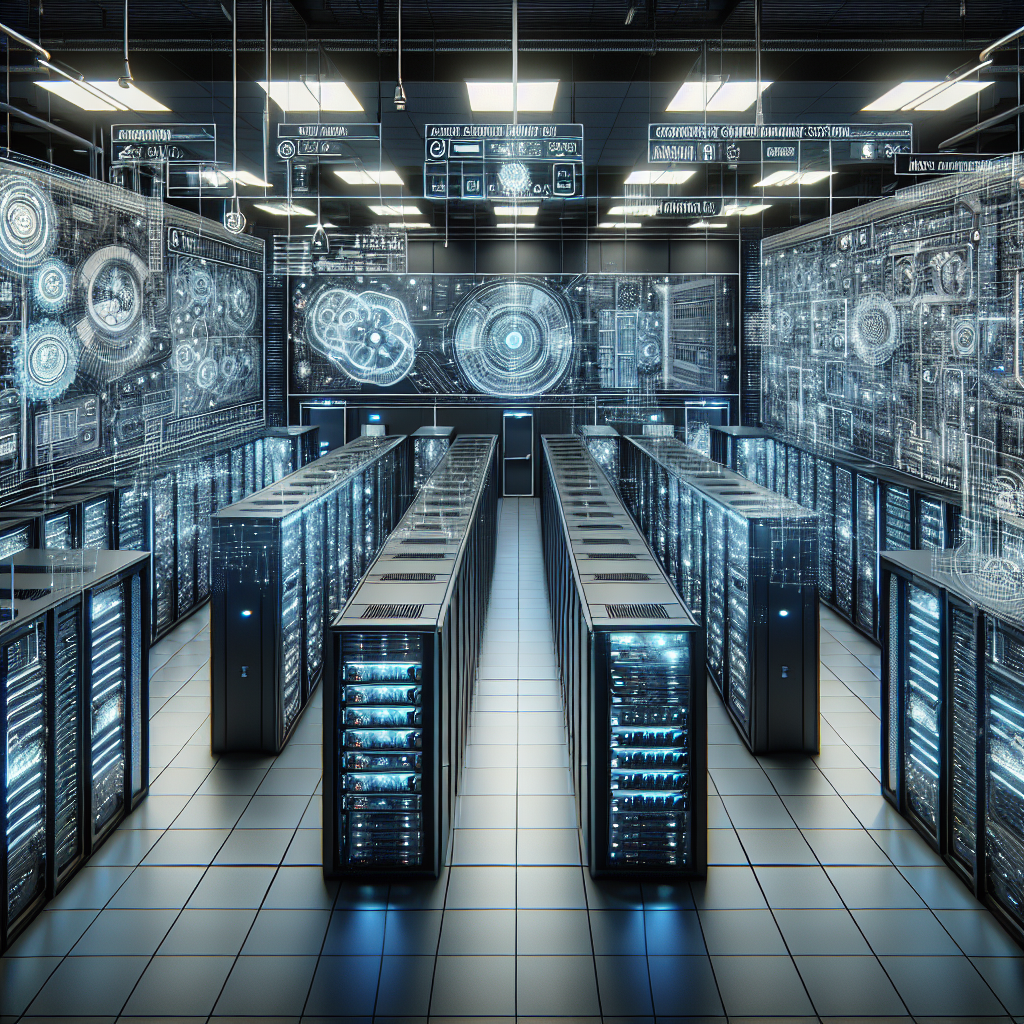
Future Trends in Data Center Operational Efficiency: What to Expect
As the demand for data storage and processing continues to grow exponentially, data center operational efficiency has become a top priority for organizations looking to optimize their infrastructure and reduce costs. With advancements in technology and changing consumer demands, the future of data center operational efficiency is set to undergo significant changes. Here are some key trends to expect in the coming years:1. Increased adoption of automation and artificial intelligence: In order to streamline operations and improve efficiency, data centers are increasingly turning to automation and artificial intelligence (AI) solutions. These technologies can help with tasks such as predictive maintenance, capacity planning, and workload optimization, allowing data centers to operate more efficiently and effectively.
2. Focus on sustainability and green initiatives: With growing concerns about climate change and environmental sustainability, data centers are under increasing pressure to reduce their carbon footprint. In the future, we can expect to see more data centers adopting green technologies such as renewable energy sources, energy-efficient cooling systems, and water recycling systems to minimize their impact on the environment.
3. Shift towards edge computing: As the Internet of Things (IoT) and 5G technology continue to gain traction, there is a growing need for data processing to happen closer to the source of data generation. This has led to a shift towards edge computing, where data processing is done at the edge of the network, closer to the end-users. This trend is expected to continue in the future, as organizations look to reduce latency and improve the overall performance of their applications.
4. Emphasis on security and data protection: With increasing cyber threats and data breaches, data centers are under pressure to improve their security measures and protect sensitive information. In the future, we can expect to see more investments in security technologies such as encryption, multi-factor authentication, and threat detection systems to safeguard data and prevent unauthorized access.
5. Adoption of hybrid and multi-cloud strategies: As organizations look to optimize their IT infrastructure and reduce costs, many are turning to hybrid and multi-cloud strategies. This involves using a combination of on-premise data centers, private clouds, and public clouds to meet their specific needs. In the future, we can expect to see more organizations adopting these strategies to achieve greater flexibility, scalability, and cost savings.
In conclusion, the future of data center operational efficiency is set to be shaped by advancements in technology, changing consumer demands, and a growing focus on sustainability and security. By embracing automation, AI, green technologies, edge computing, security measures, and hybrid cloud strategies, organizations can position themselves for success in the increasingly competitive data center landscape.
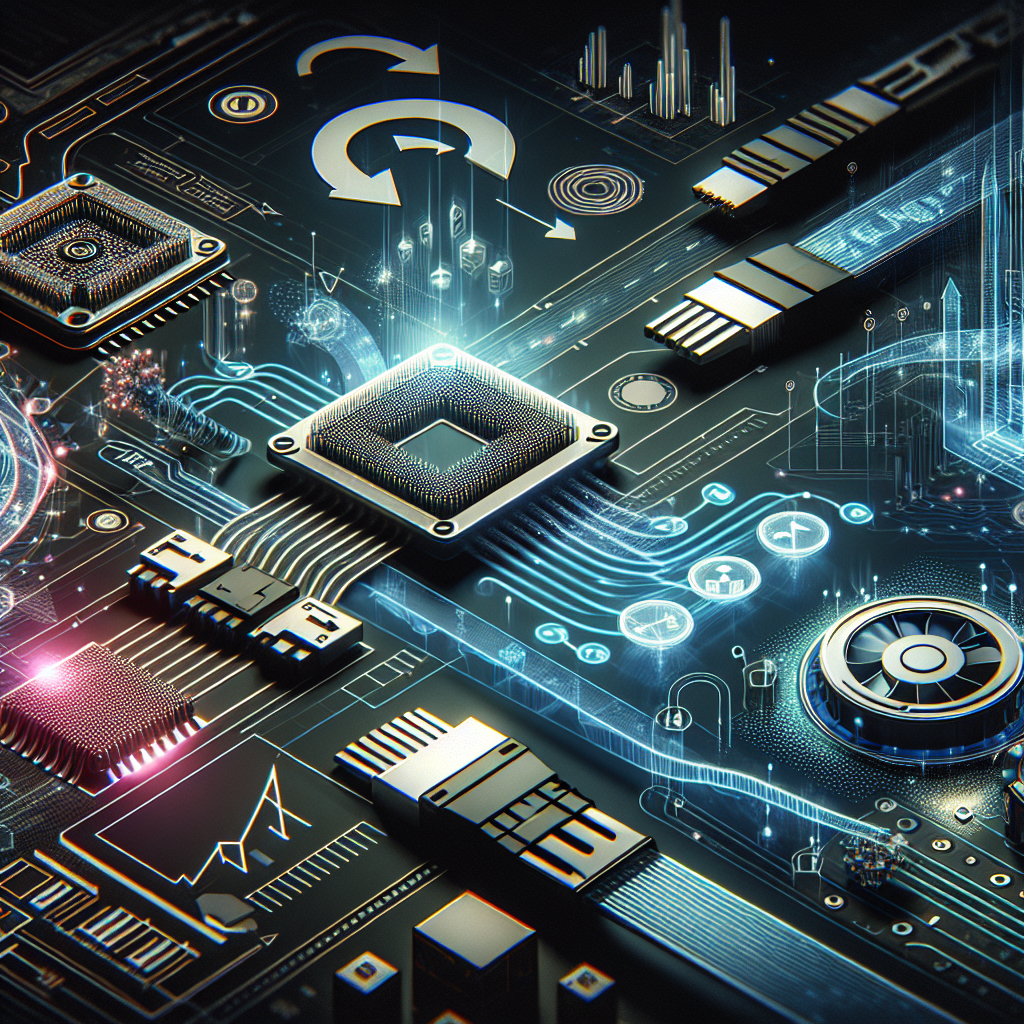
The Future of SATA: What to Expect in the Coming Years
SATA, or Serial Advanced Technology Attachment, has been a staple in the world of data storage for many years. It has been the go-to connection interface for hard drives, solid-state drives, and other storage devices in personal computers, laptops, and servers. However, with advancements in technology and the increasing demand for faster and more efficient storage solutions, the future of SATA is uncertain.So, what can we expect in the coming years for SATA technology?
One of the major trends that we can expect to see in the future of SATA is the transition to faster data transfer speeds. Currently, SATA III, which was introduced in 2009, offers a maximum data transfer rate of 6 Gbps. However, with the increasing demand for faster storage solutions, SATA IV is already in development and is expected to offer data transfer speeds of up to 12 Gbps or even higher. This will allow for quicker access to data and improved overall performance for users.
Another trend that is likely to shape the future of SATA is the integration of newer technologies such as NVMe (Non-Volatile Memory Express). NVMe is a protocol specifically designed for solid-state drives that allows for faster data transfer speeds and lower latency. By integrating NVMe technology into SATA drives, manufacturers can offer faster and more efficient storage solutions that meet the demands of modern computing.
In addition to speed improvements, the future of SATA may also see advancements in terms of storage capacity. With the increasing amount of data being generated and stored by individuals and businesses, there is a growing need for larger storage capacities. Future SATA drives may offer higher capacities, allowing users to store more data without compromising on performance.
Furthermore, we can expect to see improvements in power efficiency and reliability in future SATA drives. As energy efficiency becomes a key focus in the tech industry, manufacturers are looking to develop storage solutions that consume less power while maintaining high performance levels. Additionally, advancements in reliability technologies such as error correction and wear-leveling algorithms will ensure that SATA drives are more reliable and durable than ever before.
Overall, the future of SATA looks promising with advancements in data transfer speeds, storage capacities, power efficiency, and reliability. As technology continues to evolve, SATA drives will continue to play a vital role in the world of data storage and computing. Users can expect faster, more efficient, and more reliable storage solutions in the coming years, making SATA a reliable and versatile option for a wide range of applications.
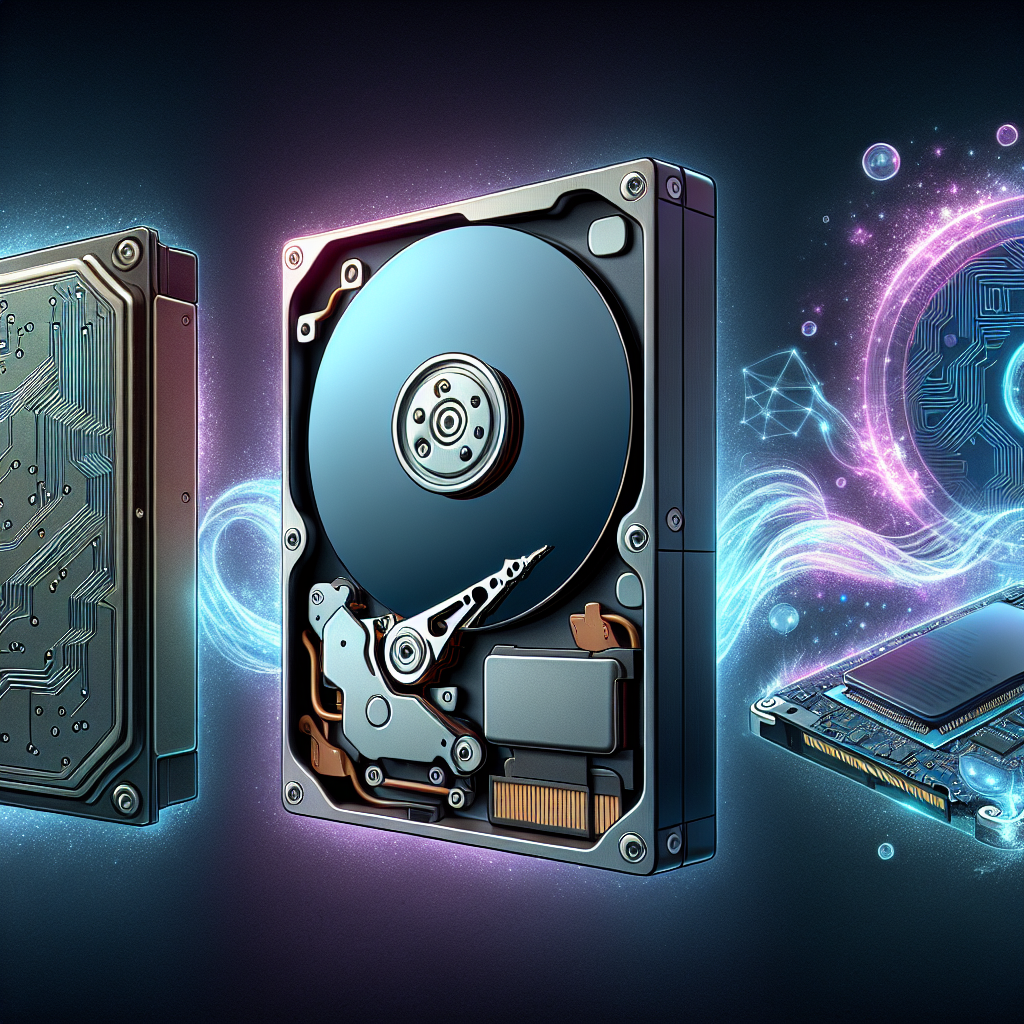
The Future of Hard Drives: What to Expect in the Next Decade
Hard drives have been a staple in computing for decades, providing us with the ability to store and access large amounts of data. However, as technology continues to evolve at a rapid pace, the future of hard drives is being called into question. What can we expect in the next decade when it comes to storage solutions?One of the most significant advancements in hard drive technology that we can expect in the next decade is the move towards solid-state drives (SSDs). SSDs have been gaining popularity in recent years due to their faster read and write speeds, lower power consumption, and increased durability compared to traditional hard drives. As SSDs become more affordable and their capacity continues to increase, it is likely that they will become the standard storage solution for both consumers and businesses.
Another trend that we can expect to see in the next decade is the continued development of cloud storage solutions. With the rise of streaming services, online gaming, and remote work, the demand for cloud storage has never been higher. Companies are investing in data centers and infrastructure to meet this growing demand, and it is likely that cloud storage will become even more prevalent in the coming years.
In addition to SSDs and cloud storage, we can also expect to see advancements in the capacity and speed of traditional hard drives. Companies like Seagate and Western Digital are constantly pushing the boundaries of what is possible with traditional hard drives, and it is likely that we will see even larger capacities and faster speeds in the next decade.
One of the challenges that the future of hard drives will face is the increasing amount of data that we are generating and storing. With the rise of 4K video, virtual reality, and the Internet of Things, the amount of data that we are creating is growing exponentially. This will put pressure on hard drive manufacturers to continue to innovate and develop new technologies to meet this demand.
Overall, the future of hard drives looks bright, with advancements in SSD technology, cloud storage solutions, and traditional hard drives on the horizon. As technology continues to evolve, it is likely that we will see even faster, more efficient, and more reliable storage solutions in the next decade. Whether you are a casual user or a business owner, it is important to stay informed about these advancements so that you can make the best decisions for your storage needs.
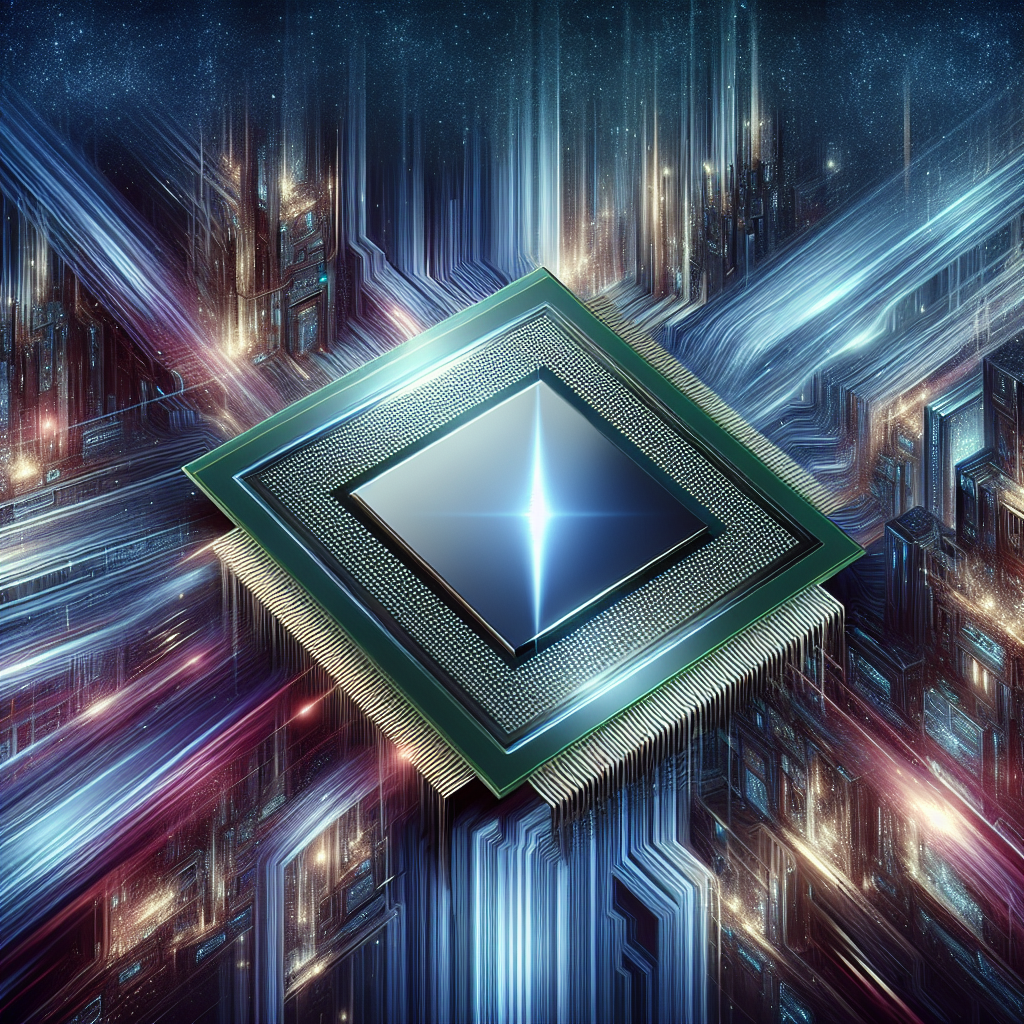
The Future of NVIDIA GPUs: What to Expect in the Next Generation
NVIDIA has been at the forefront of graphics processing technology for years, constantly pushing the boundaries of what is possible in terms of graphics performance and capabilities. With each new generation of GPUs, NVIDIA has brought significant improvements in terms of power efficiency, performance, and features. So, what can we expect from the next generation of NVIDIA GPUs?One of the most anticipated features of the next generation of NVIDIA GPUs is likely to be even greater performance improvements. NVIDIA has consistently delivered impressive performance gains with each new generation of GPUs, and we can expect this trend to continue with the next generation. With advancements in chip design and manufacturing processes, we can expect to see even faster GPUs with higher clock speeds and more CUDA cores, resulting in significantly improved performance in gaming, AI, and other GPU-intensive applications.
Another area where we can expect to see significant improvements in the next generation of NVIDIA GPUs is in power efficiency. As technology continues to advance, GPUs are becoming more power-hungry, which can be a concern for gamers and other users who are conscious of their energy consumption. NVIDIA has been working on improving the power efficiency of its GPUs, and we can expect the next generation to be even more energy-efficient, allowing for better performance while consuming less power.
In terms of features, NVIDIA is likely to continue to focus on ray tracing technology, which has been a major selling point for its current generation of GPUs. Ray tracing allows for more realistic lighting and reflections in games and other applications, and NVIDIA has been leading the way in bringing this technology to consumer GPUs. We can expect the next generation of NVIDIA GPUs to further improve ray tracing performance and capabilities, making games and other applications look even more realistic.
Furthermore, we can also expect to see improvements in AI and machine learning capabilities in the next generation of NVIDIA GPUs. NVIDIA has been investing heavily in AI and machine learning technology, and we can expect the next generation of GPUs to be even better suited for AI and machine learning applications. This could open up new possibilities for using GPUs in a wide range of industries, from healthcare to finance to autonomous vehicles.
Overall, the future of NVIDIA GPUs looks bright, with even greater performance, power efficiency, and features on the horizon. Whether you are a gamer, a content creator, or a researcher, the next generation of NVIDIA GPUs is likely to offer something for everyone. Keep an eye out for announcements from NVIDIA in the coming months to see what they have in store for the future of GPU technology.

The Future of Gaming: What to Expect in the Next Decade
The gaming industry has seen significant growth and evolution over the past few decades, and with the rapid advancements in technology, the future of gaming looks incredibly bright. From virtual reality to cloud gaming, here are some key trends and developments to expect in the next decade.One of the most anticipated advancements in gaming is the widespread adoption of virtual reality (VR) technology. VR allows players to immerse themselves in a virtual world, experiencing games in a whole new way. With the release of devices like the Oculus Rift and PlayStation VR, VR gaming has already made significant strides, and we can expect even more realistic and immersive experiences in the coming years.
Another trend that is likely to shape the future of gaming is cloud gaming. Cloud gaming allows players to stream games over the internet, eliminating the need for expensive hardware and allowing for seamless gaming experiences across multiple devices. With the launch of services like Google Stadia and Microsoft xCloud, cloud gaming is set to become more mainstream in the next decade, revolutionizing how we play and access games.
Artificial intelligence (AI) is also expected to play a major role in the future of gaming. AI can be used to enhance the realism and complexity of in-game characters and environments, creating more dynamic and engaging gameplay experiences. AI-powered game design tools can also help developers create more immersive and innovative games, pushing the boundaries of what is possible in the gaming world.
The rise of esports is another trend that is likely to continue in the next decade. Esports, or competitive gaming, has seen exponential growth in recent years, with millions of fans tuning in to watch professional gamers compete in tournaments around the world. As esports continues to gain popularity, we can expect to see even more investment in the industry, leading to bigger and more competitive events, as well as increased opportunities for gamers to make a career out of playing video games.
Finally, the future of gaming is also likely to be shaped by advancements in augmented reality (AR) technology. AR allows players to overlay digital elements onto the real world, creating unique and interactive gaming experiences. With the success of games like Pokemon Go, which uses AR technology to bring virtual creatures into the real world, we can expect to see more innovative AR games in the next decade, blurring the lines between the physical and digital worlds.
Overall, the future of gaming looks incredibly exciting, with advancements in technology set to revolutionize how we play and experience games. From virtual reality to cloud gaming, artificial intelligence to esports, the next decade is sure to bring about a new era of gaming innovation and creativity. So buckle up and get ready for an incredible ride into the future of gaming!
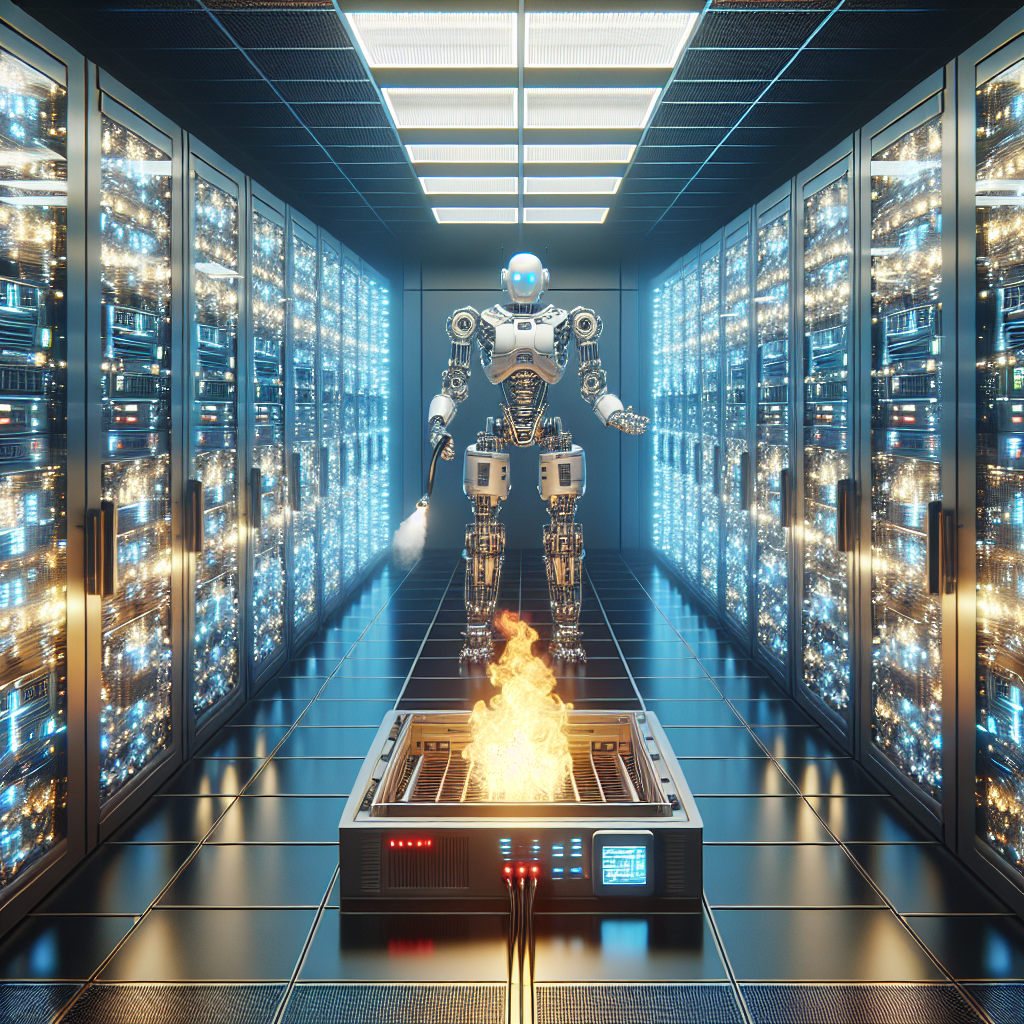
Future Trends in Data Center Fire Suppression: What to Expect in the Coming Years
As data centers continue to grow in size and complexity, the need for effective fire suppression systems becomes more critical. In the coming years, we can expect to see several trends in data center fire suppression technology that will enhance safety and protect valuable equipment.One of the key trends in data center fire suppression is the increasing use of advanced detection systems. Traditional fire detection systems rely on smoke detectors, heat sensors, and manual alarms to alert personnel to a potential fire. However, these systems can be prone to false alarms and may not provide early enough warning in a large data center environment.
In the future, we can expect to see more data centers adopting advanced detection technologies such as video analytics and intelligent sensors. These systems can detect changes in temperature, smoke, and even the presence of flames more accurately and quickly than traditional methods. This early detection capability can help data center operators respond to fires faster and minimize damage to equipment.
Another trend in data center fire suppression is the use of more environmentally friendly suppression agents. Traditional fire suppression systems often rely on halon or other chemical agents that can be harmful to the environment and pose health risks to personnel. In the coming years, we can expect to see more data centers transitioning to clean agents such as inert gases or water mist systems that are safer for both people and the environment.
Additionally, we can expect to see data centers adopting more integrated fire suppression systems that can communicate with other building systems. For example, fire suppression systems may be connected to the building’s HVAC system to shut off air circulation in the event of a fire, preventing the spread of smoke and flames. These integrated systems can help data center operators respond more effectively to fires and protect both equipment and personnel.
Overall, the future of data center fire suppression is likely to be characterized by more advanced detection technologies, environmentally friendly suppression agents, and integrated systems that can communicate with other building systems. By staying ahead of these trends and investing in the latest fire suppression technology, data center operators can ensure the safety and security of their facilities for years to come.

Future Trends in Data Center Generator Technology: What to Expect
Data centers are essential for storing and processing large amounts of data for businesses and organizations. To ensure uninterrupted operations, data centers rely on backup power sources like generators. As technology continues to evolve, so does the technology used in data center generators. In this article, we will explore the future trends in data center generator technology and what to expect in the coming years.One of the key trends in data center generator technology is the shift towards more environmentally friendly options. With growing concerns about climate change and carbon emissions, data centers are looking for ways to reduce their environmental impact. This has led to the development of generators that run on alternative fuels such as natural gas, biodiesel, and hydrogen. These generators produce lower emissions and are more sustainable than traditional diesel generators.
Another trend in data center generator technology is the integration of smart technology. Smart generators are equipped with sensors and monitoring systems that allow for real-time data collection and analysis. This allows data center operators to track the performance of the generator, identify potential issues, and make adjustments as needed. Smart generators can also be remotely controlled and managed, making it easier for data center operators to monitor and maintain their backup power systems.
In addition to environmental and smart technology, data center generator technology is also moving towards greater efficiency and reliability. New advancements in generator design and engineering are improving the efficiency of generators, allowing them to produce more power with less fuel. This not only reduces operating costs for data centers but also ensures a more reliable power source in the event of an outage.
Furthermore, advancements in battery technology are also impacting data center generator technology. Battery storage systems are being integrated with generators to provide additional backup power and improve overall reliability. These battery systems can store excess power generated by the generator and release it when needed, providing a seamless transition during power outages.
Overall, the future of data center generator technology looks promising with a focus on sustainability, efficiency, reliability, and smart technology. As data centers continue to grow in size and complexity, the need for reliable backup power sources will become even more critical. By embracing these future trends in data center generator technology, data centers can ensure uninterrupted operations and minimize downtime.
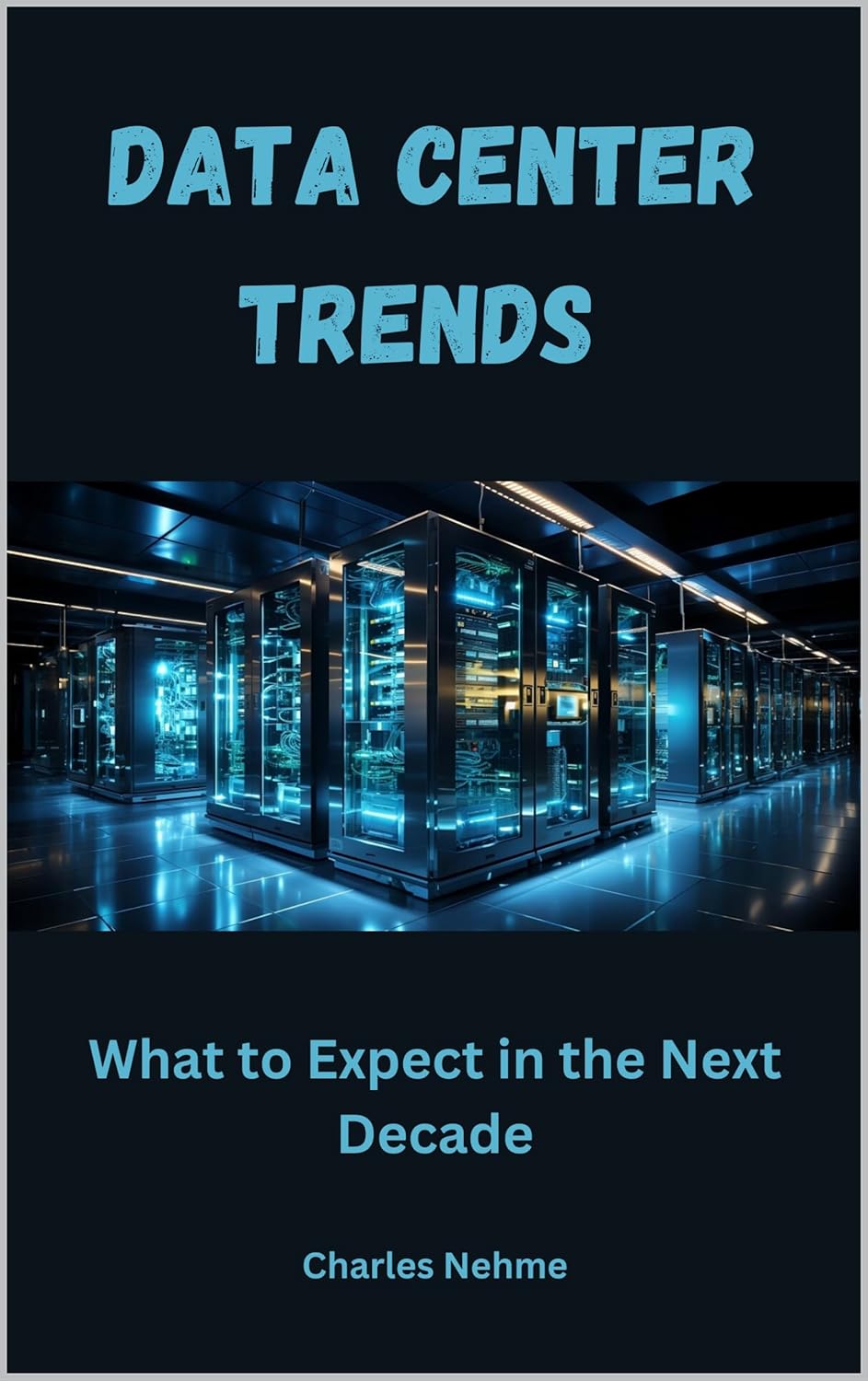
Data Center Trends: What to Expect in the Next Decade
Price: $9.99
(as of Nov 20,2024 15:16:18 UTC – Details)
ASIN : B0DCP7H172
Publication date : August 8, 2024
Language : English
File size : 815 KB
Text-to-Speech : Enabled
Screen Reader : Supported
Enhanced typesetting : Enabled
X-Ray : Not Enabled
Word Wise : Not Enabled
Print length : 137 pages
As technology continues to advance at a rapid pace, data centers play a crucial role in supporting the growing demand for digital services. In the next decade, we can expect to see several key trends shaping the future of data centers. Here are some of the top trends to watch out for:1. Increased adoption of edge computing: With the rise of IoT devices and the need for real-time data processing, edge computing is becoming more important. Data centers located closer to the end-users will become essential for reducing latency and improving performance.
2. Sustainable data centers: As concerns about climate change grow, there will be a greater emphasis on building energy-efficient and environmentally friendly data centers. This includes using renewable energy sources, optimizing cooling systems, and implementing green building practices.
3. Hybrid cloud environments: Many organizations are adopting a hybrid cloud strategy, which involves using a combination of on-premises data centers and public cloud services. This trend is expected to continue as businesses seek to balance cost, performance, and security requirements.
4. Artificial intelligence and machine learning: AI and ML technologies are increasingly being used to optimize data center operations, improve resource utilization, and enhance security. These technologies will continue to play a key role in shaping the future of data centers.
5. Increased focus on cybersecurity: With the growing number of cyber threats, data centers will need to invest in robust security measures to protect sensitive data and ensure business continuity. This includes implementing encryption, multi-factor authentication, and threat detection systems.
6. Software-defined data centers: The rise of software-defined networking and storage is transforming the way data centers are designed and managed. This trend will continue to gain momentum as organizations look for more flexibility, scalability, and automation in their data center operations.
Overall, the next decade promises to bring exciting developments in the world of data centers. By keeping an eye on these key trends, organizations can stay ahead of the curve and ensure their data center infrastructure is well-equipped to meet the challenges of the future.
#Data #Center #Trends #Expect #Decade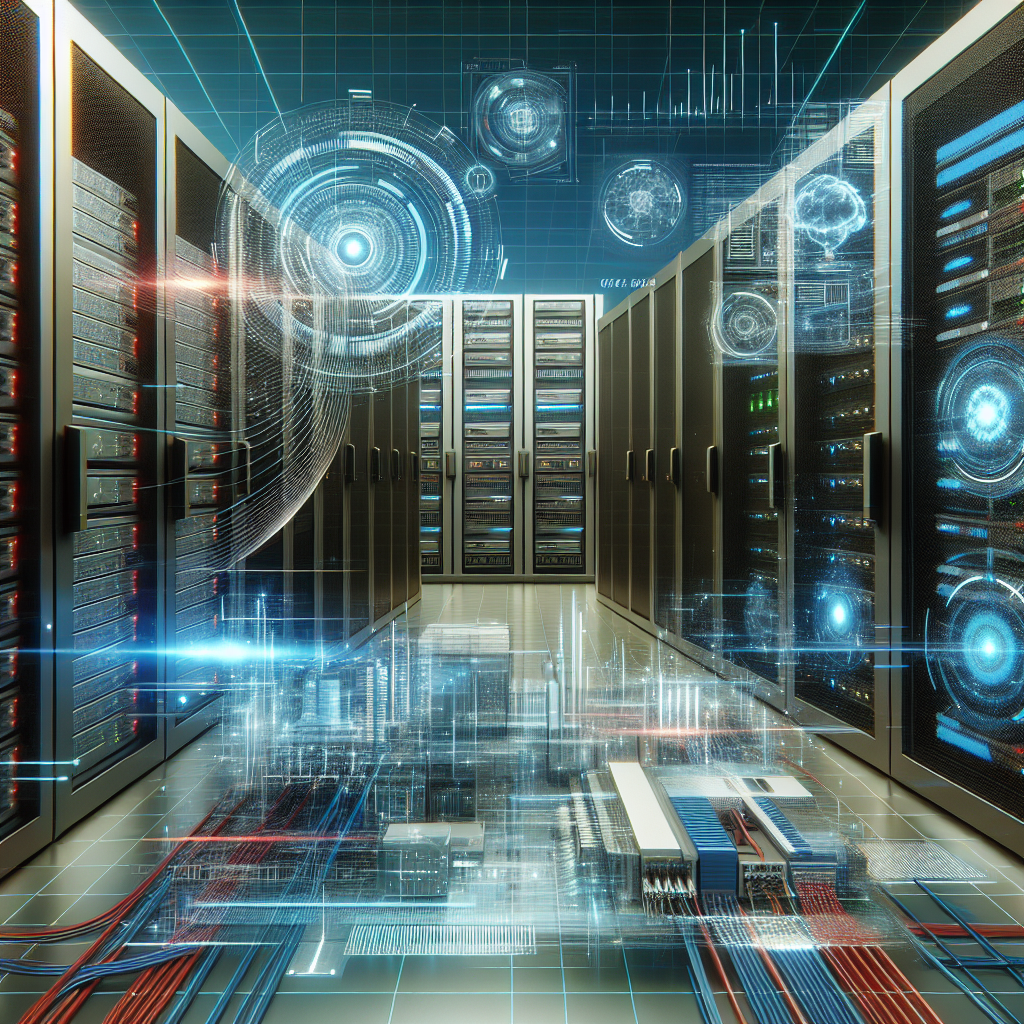
Future Trends in Data Center UPS Technology: What to Expect in the Coming Years
As technology continues to advance at a rapid pace, data center UPS (uninterruptible power supply) technology is also evolving to meet the growing demands of businesses and consumers. In the coming years, we can expect to see several key trends shaping the future of UPS technology in data centers.One of the most significant trends in UPS technology is the move towards more efficient and eco-friendly solutions. With energy costs on the rise and a growing focus on sustainability, data center operators are looking for UPS systems that can deliver reliable power while minimizing their environmental impact. This has led to the development of more energy-efficient UPS systems that use advanced technologies such as lithium-ion batteries and modular designs to reduce power consumption and improve overall efficiency.
Another important trend in UPS technology is the increasing adoption of cloud-based monitoring and management solutions. With the rise of cloud computing and remote work, data center operators are looking for ways to monitor and manage their UPS systems from anywhere in the world. Cloud-based UPS monitoring solutions offer real-time visibility into the performance of UPS systems, allowing operators to quickly identify and address any issues that may arise.
In addition to efficiency and remote management, data center UPS technology is also evolving to meet the growing demands for scalability and flexibility. As businesses continue to expand and evolve, they require UPS systems that can easily scale to meet their changing power needs. This has led to the development of modular UPS solutions that can be easily expanded or upgraded as needed, ensuring that data centers can adapt to changing requirements without having to invest in entirely new systems.
Lastly, the future of UPS technology in data centers is likely to be shaped by advancements in artificial intelligence and predictive analytics. By leveraging AI and machine learning algorithms, UPS systems can analyze data in real-time to identify potential issues before they occur, allowing operators to proactively address problems and prevent downtime. This predictive approach can help data center operators maximize uptime and minimize the risk of costly outages.
In conclusion, the future of UPS technology in data centers is bright, with a focus on efficiency, scalability, and advanced monitoring and management capabilities. As businesses continue to rely on data centers for their critical operations, UPS technology will play a crucial role in ensuring reliable power supply and minimizing the risk of downtime. By staying ahead of these emerging trends, data center operators can ensure that their facilities are equipped to meet the evolving needs of the digital age.
